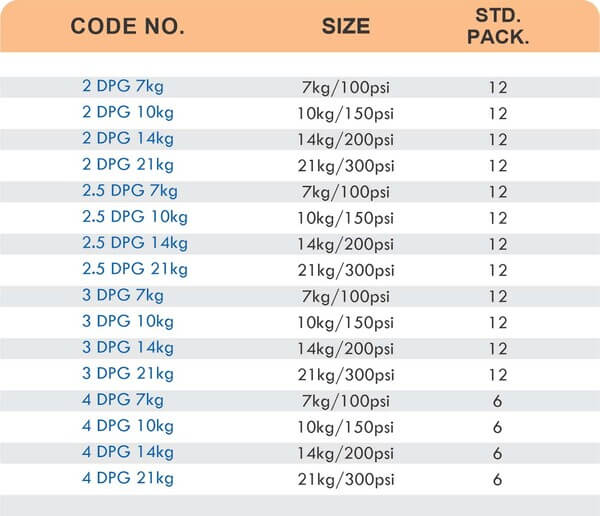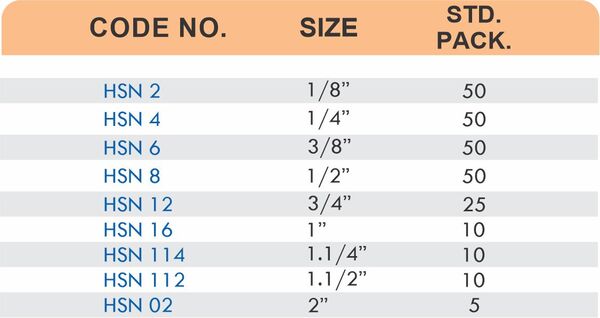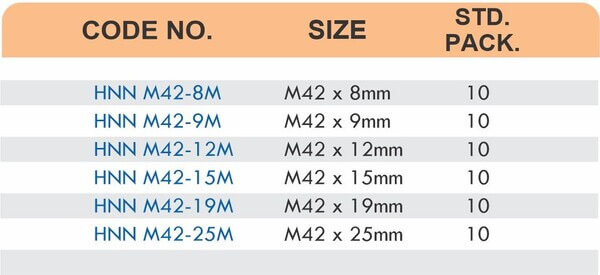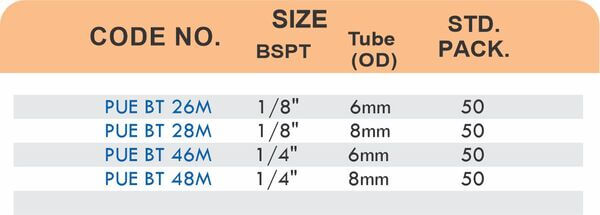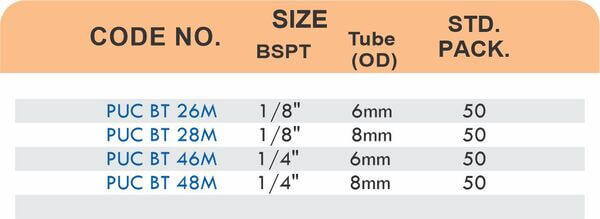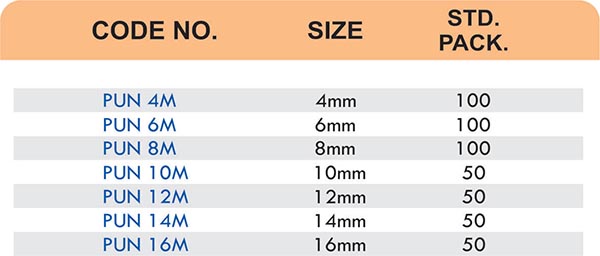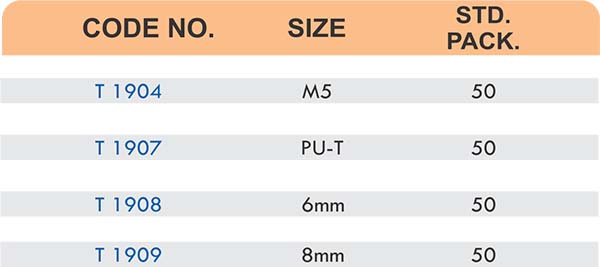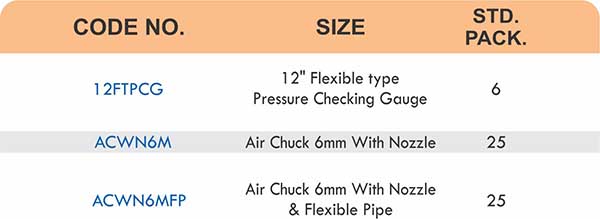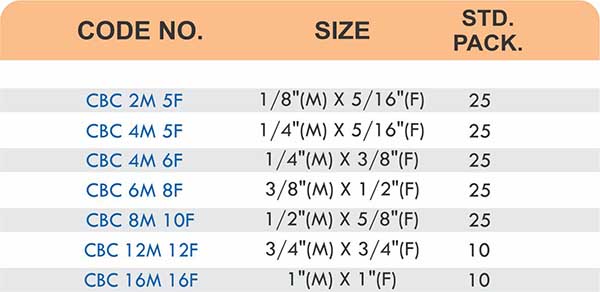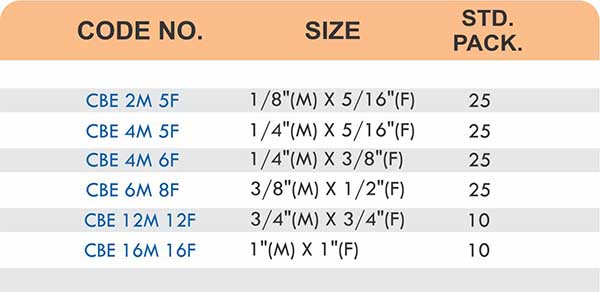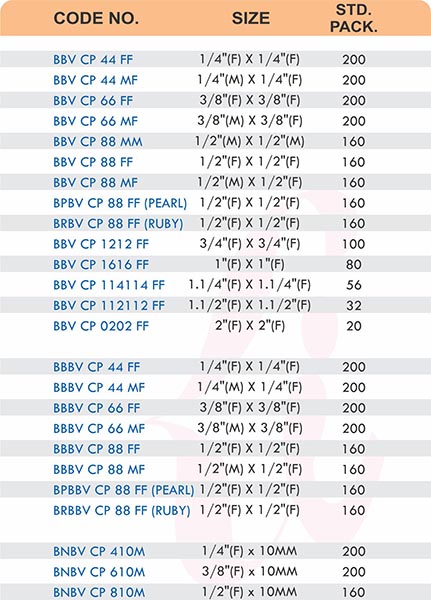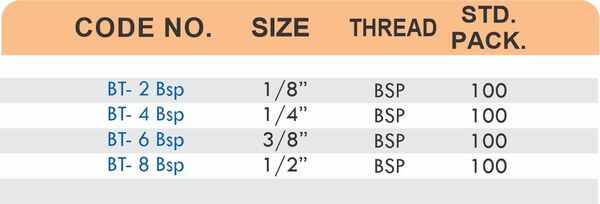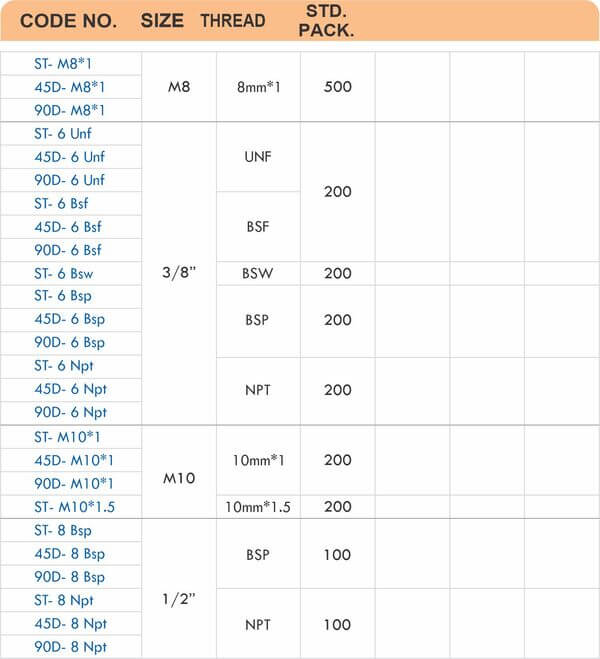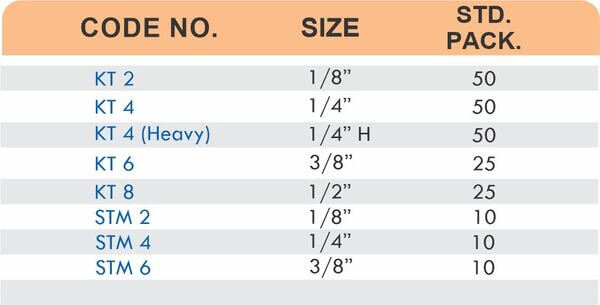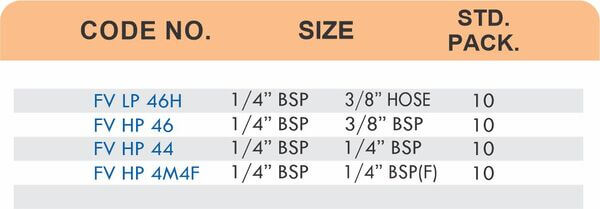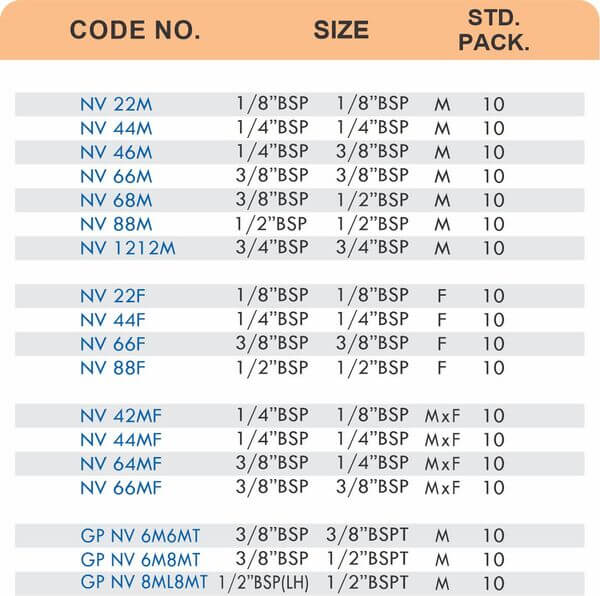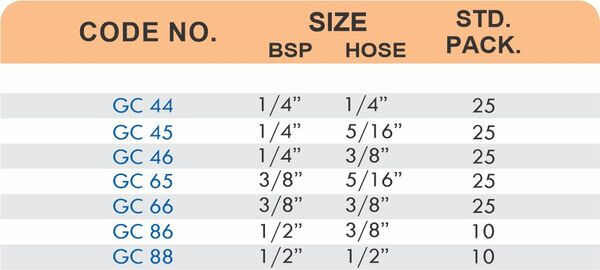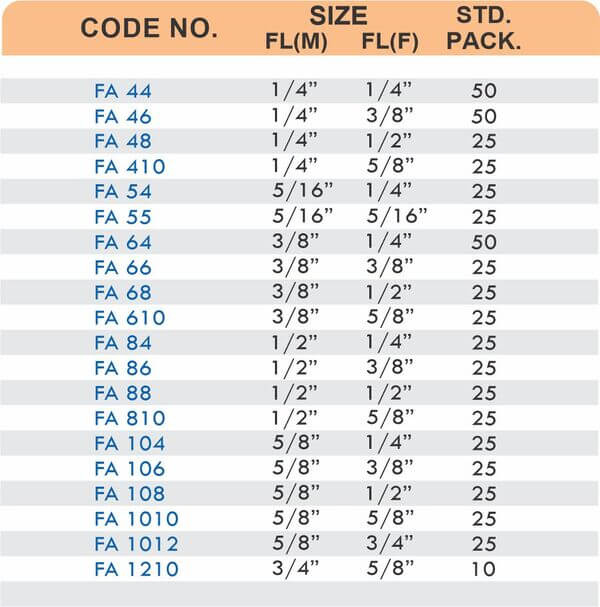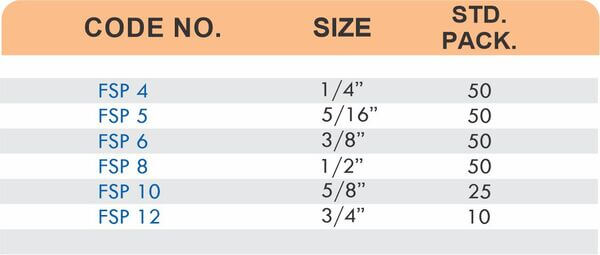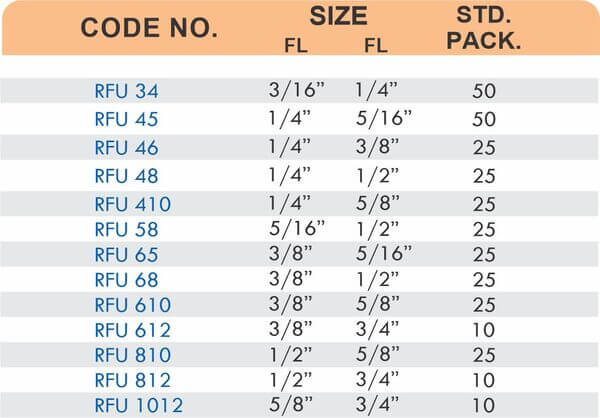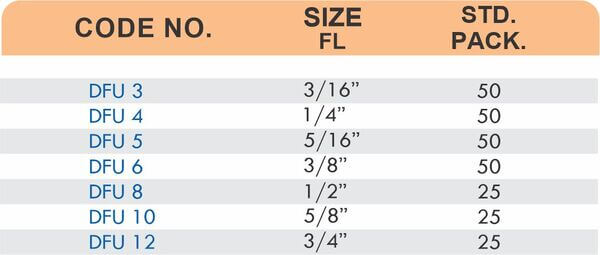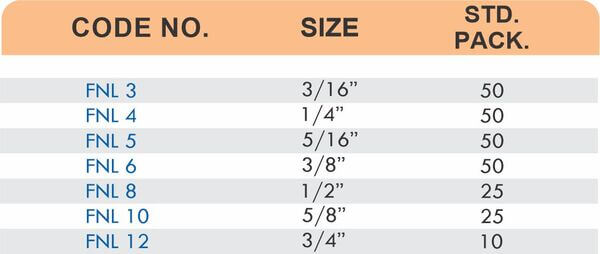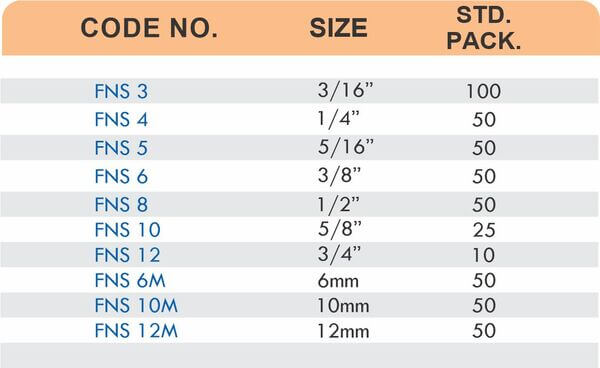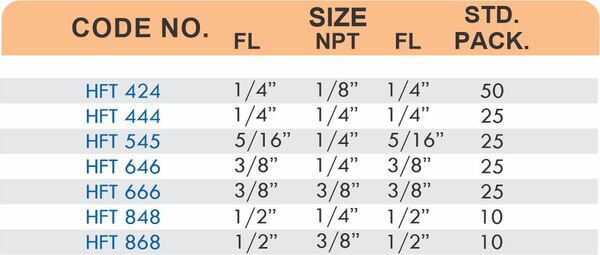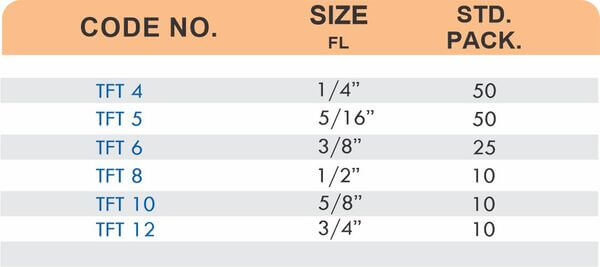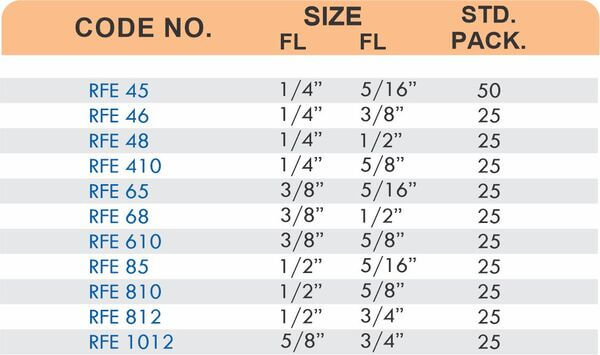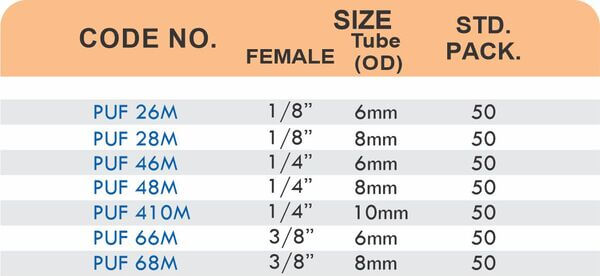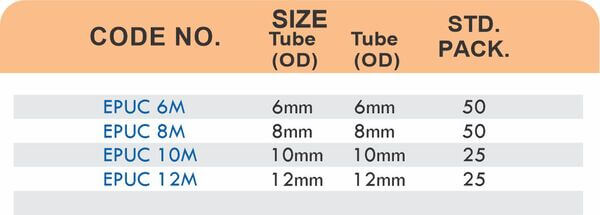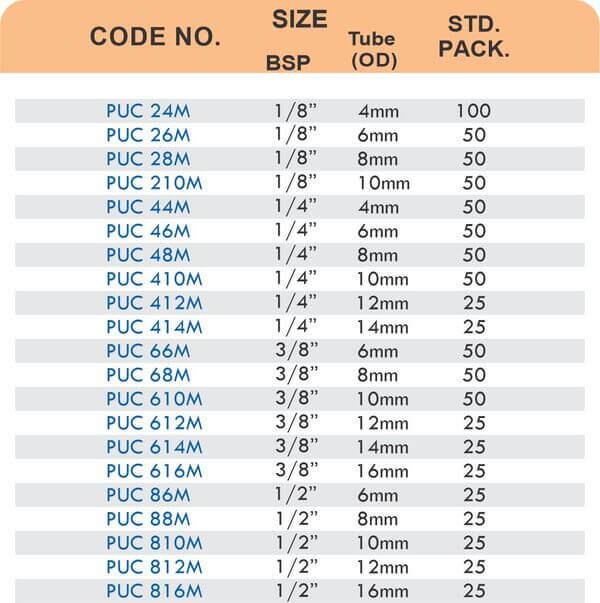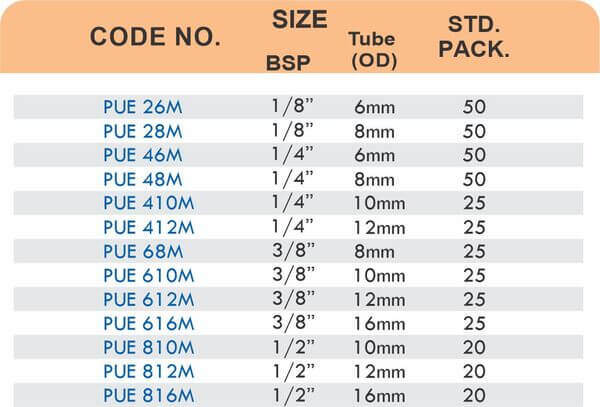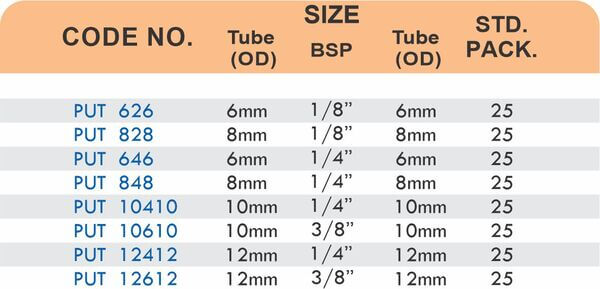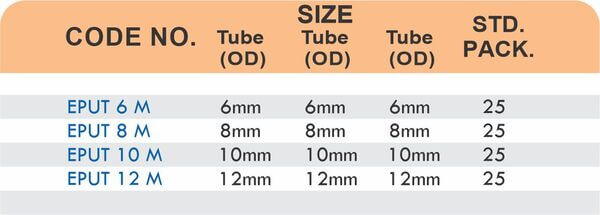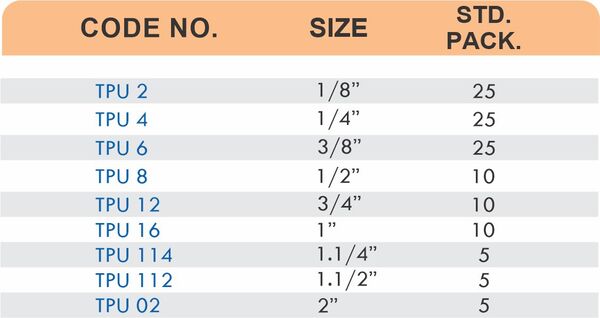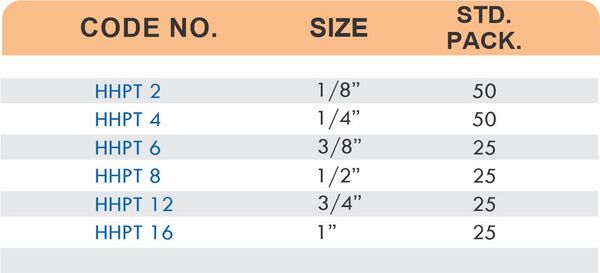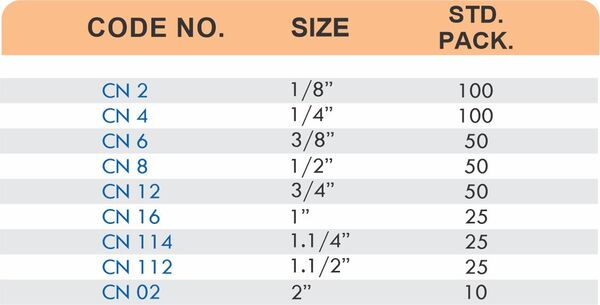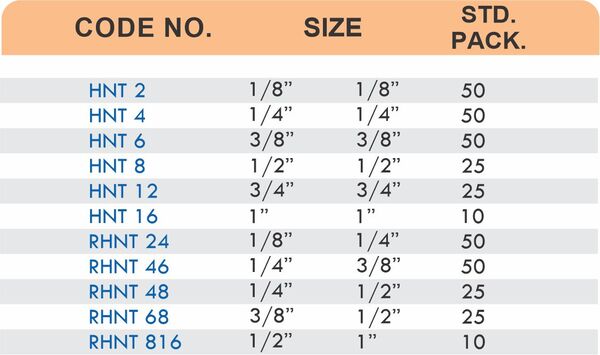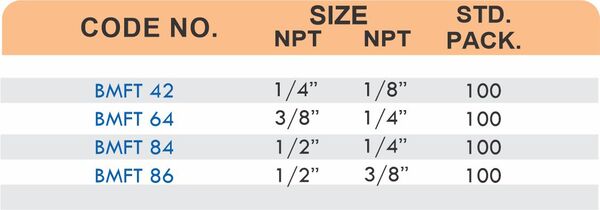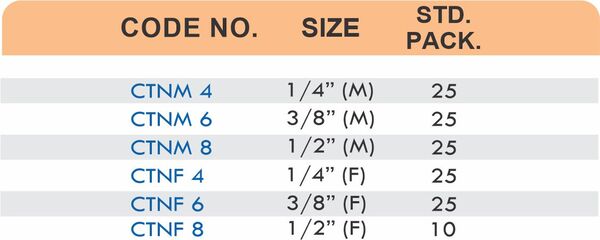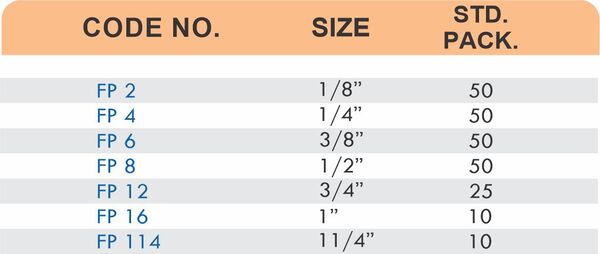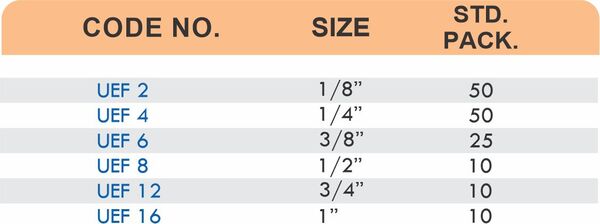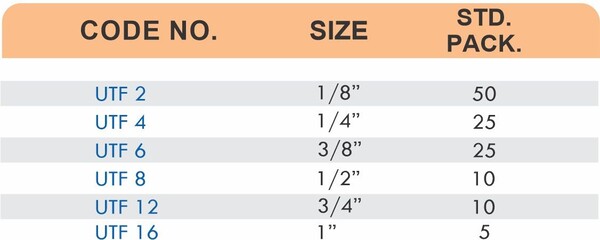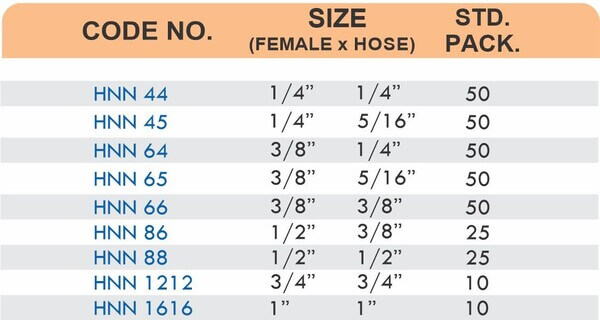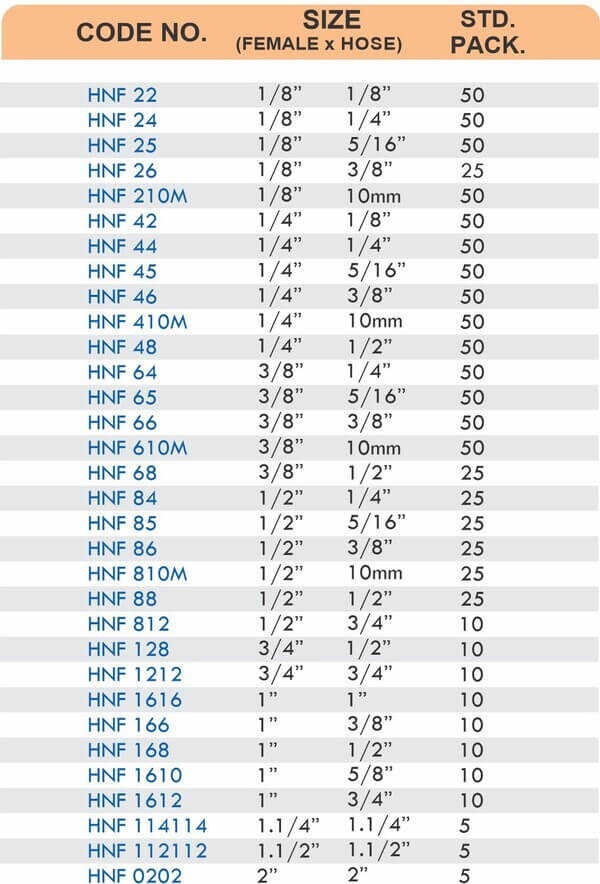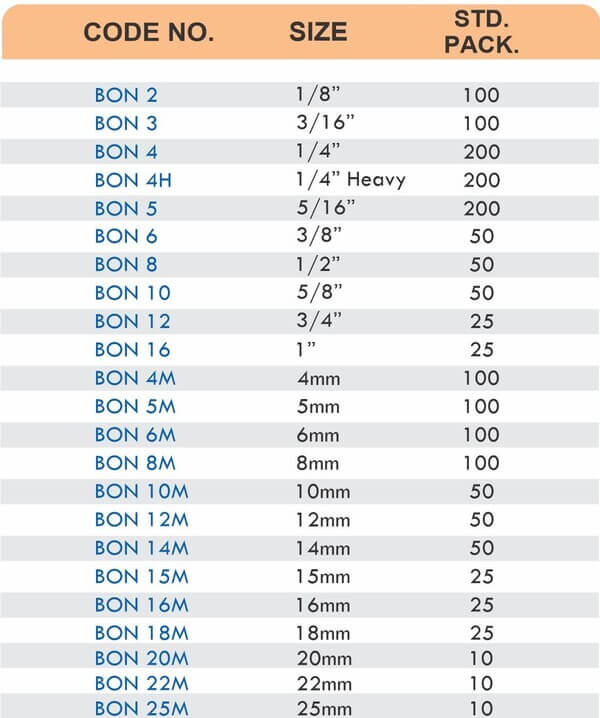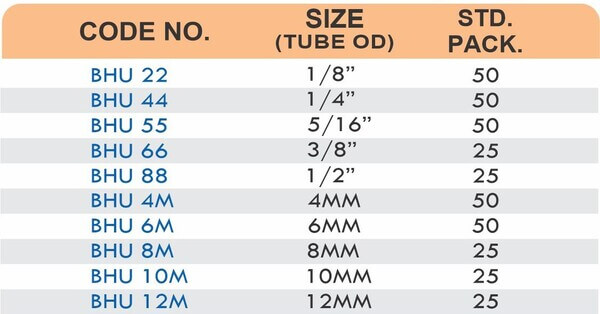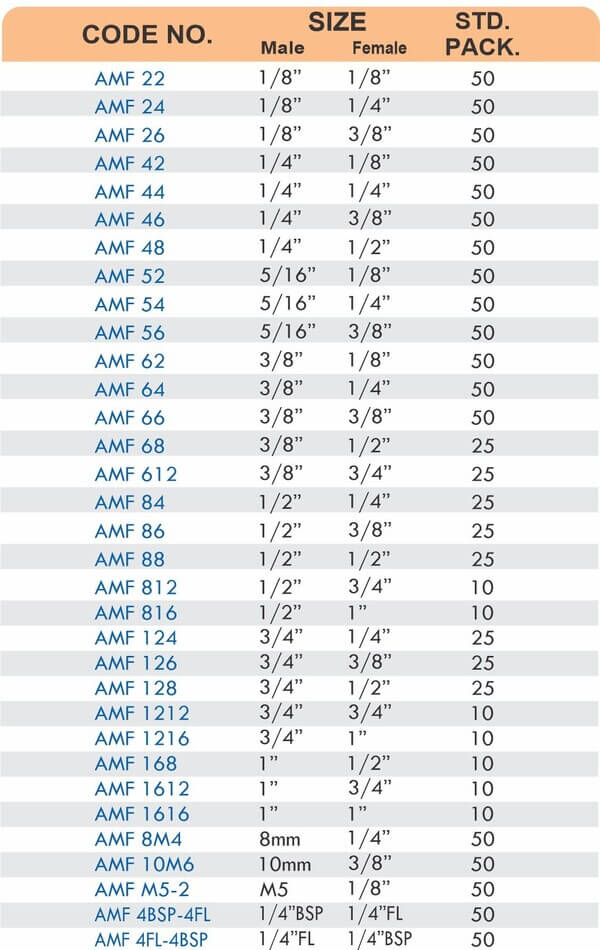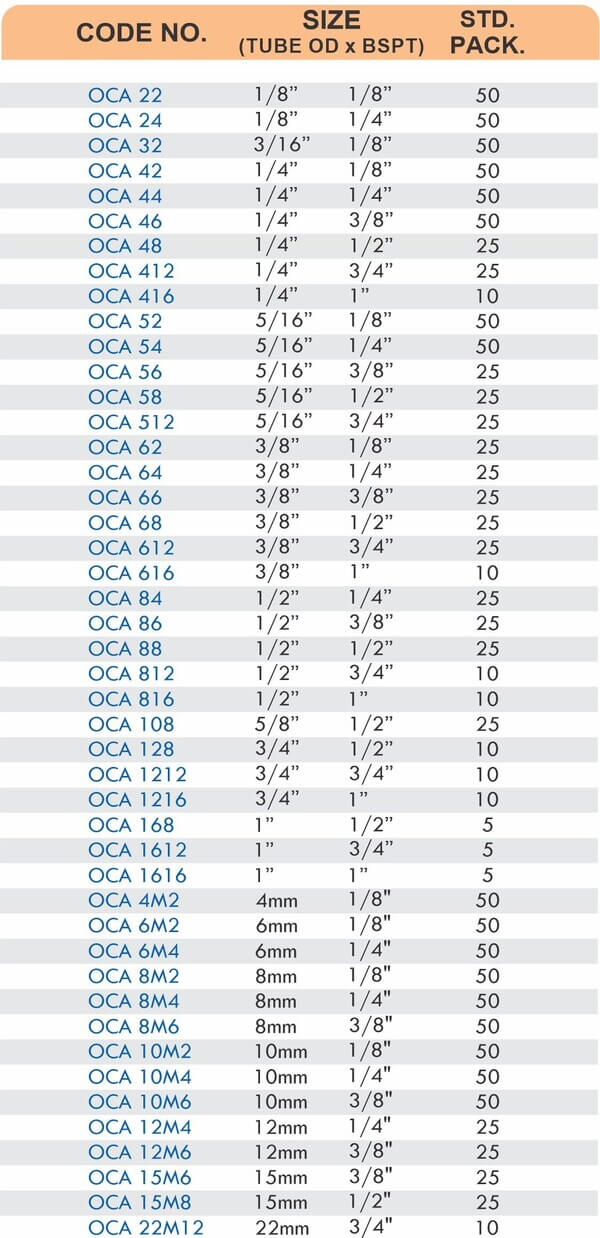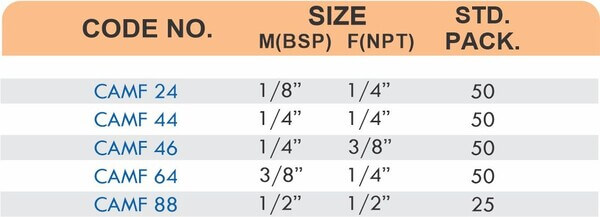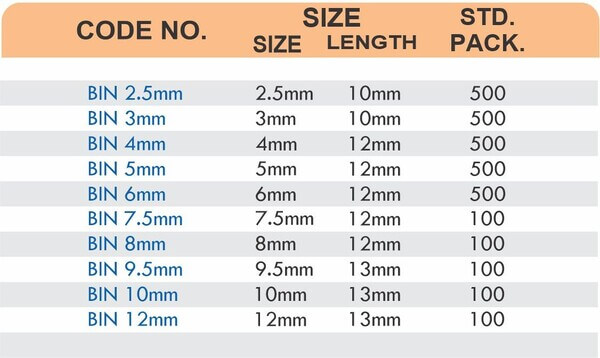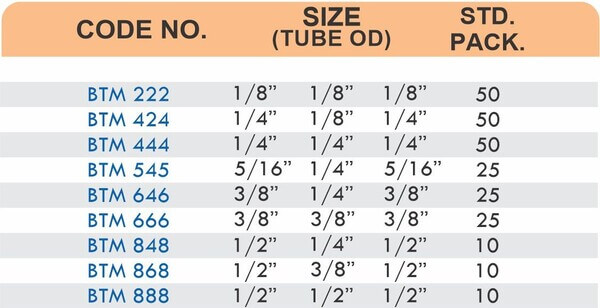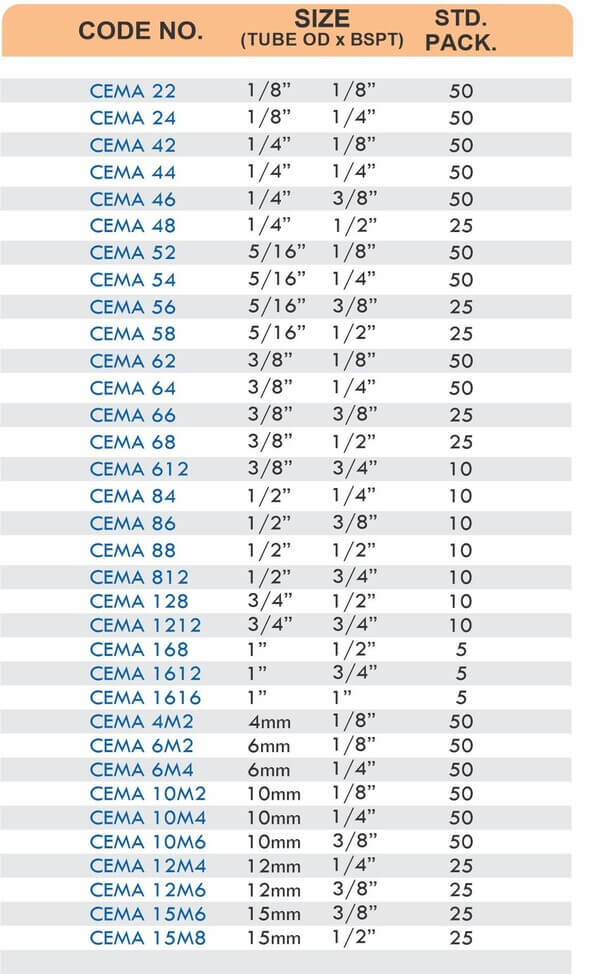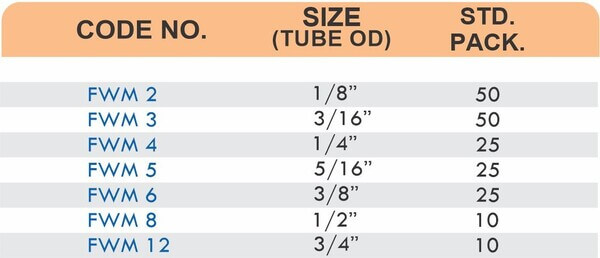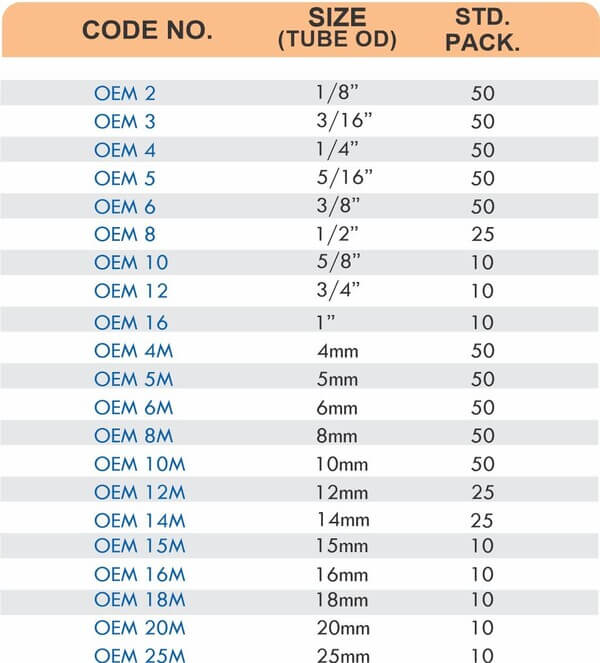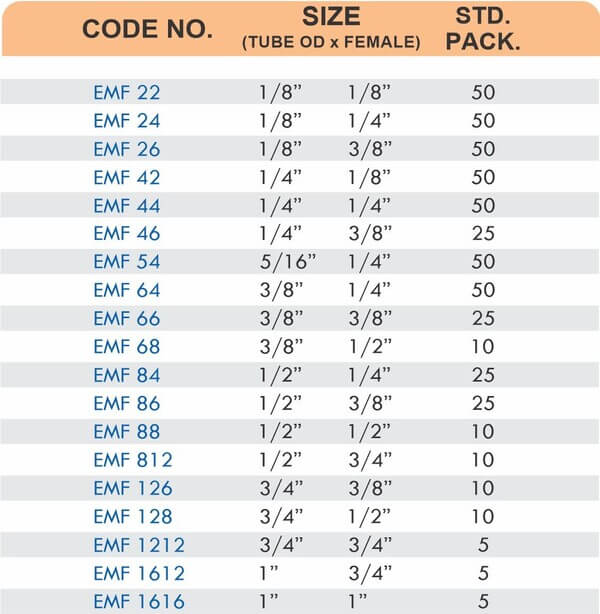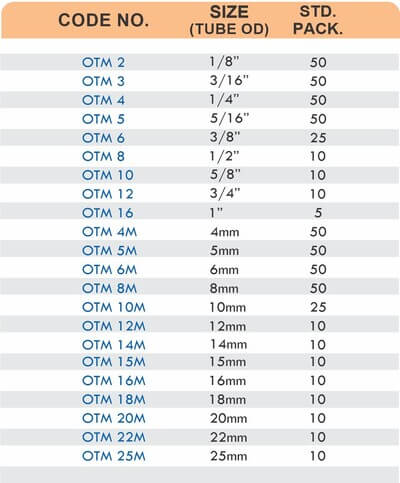
How Expansion Joints Save Industrial Systems from Thermal Stress
Thermal stress represents one of the most insidious yet devastating forces in industrial systems. Across steel mills, power plants, chemical processing facilities, and manufacturing operations, the battle against thermal expansion and contraction plays out daily, often unseen until catastrophic failure occurs. Expansion joints serve as the unsung heroes in this ongoing struggle, absorbing movement, dissipating energy, and preserving the integrity of critical infrastructure worth millions.
The Hidden Threat of Thermal Stress in Industrial Systems
Thermal stress, also known as thermal shock, occurs when equipment undergoes rapid temperature changes. At its most basic level, thermal stress manifests when “contrasting water temperatures cause the boiler’s furnace to become a different temperature from that of its outer shell, which is the larger area that holds the water and steam. That temperature difference then puts incredible stress on the metal.” This phenomenon isn’t merely theoretical-it represents a serious safety issue in workplaces across multiple industries.
The economic impact is equally striking. Recent research conducted by the Energy Policy Institute at the University of Chicago found that “manufacturing plants generate about two per cent less revenue for every one degree Celsius rise in annual temperature-the greatest decline being in labour-intensive plants.” With climate change driving more extreme temperature variations globally, thermal stress management has become not just an engineering consideration but a fundamental business imperative.
In steel industries particularly, the consequences are dire. Studies show “some 90% WBGT measurements were higher than recommended threshold limit values (27.2–41.7°C) for heavy and moderate workloads and radiational heat from processes were very high in blooming-mill/coke-oven (67.6°C globe temperature).” These extreme conditions not only threaten worker safety but also compromise the structural integrity of the industrial systems themselves.
Understanding Thermal Expansion: Causes and Consequences
Every material responds uniquely to temperature changes. When heated, molecules gain energy and move more vigorously, causing materials to expand; when cooled, they contract. Though seemingly simple, this principle becomes enormously complex in industrial contexts where:
- Different materials expand at different rates (thermal expansion coefficients)
- Complex geometries create uneven temperature distributions
- Temperature changes occur unpredictably during operations
- Connected components experience different thermal conditions
The consequences of unchecked thermal stress cascade throughout industrial systems. “Thermal movements are an important consideration in any system design. Depending on the temperature change, material and pipe length, thermal movements can be large enough to generate forces that can quickly exceed allowable pipe stresses.” When these stresses exceed design parameters, the results can include warping, cracking, fatigue failure, and catastrophic ruptures.
The Physics Behind Thermal Expansion
Thermal expansion follows a predictable pattern described by the coefficient of thermal expansion (CTE) – a material property that quantifies how much a substance expands per degree of temperature increase. Steel, for instance, expands approximately 11.7 × 10⁻⁶ per °C, while aluminum expands at nearly twice that rate. In a system where these materials must work together under varying temperatures, the differential expansion creates internal forces that must be accommodated.
Think of it like this: a 100-meter steel pipeline heated by 30°C will expand by approximately 35mm – more than enough to buckle rigid connections or crack welds if not properly accommodated.
The Role of Expansion Joints in Mitigating Thermal Stress
Expansion joints function as engineered stress-relief mechanisms, providing controlled flexibility precisely where rigid systems would otherwise fail. These specialized components “are used to dissipate the energy during contraction or expansion in pipes.” They create deliberate weak points-not in structural integrity, but in rigidity-allowing systems to flex, extend, compress, and even rotate without accumulating destructive internal forces.
“The main purposes of an elastomeric expansion joint are to reduce noise and vibration and accept all directional thermal movements. They reduce noise and vibration by creating a discontinuity between pipe materials.” This critical function prevents the transmission of thermal stresses throughout interconnected systems, effectively isolating potential problems before they can propagate.
The genius of expansion joints lies in their ability to transform what would be destructive energy into harmless movement. The flexible body “accepts the piping thermal movements in all directions. Thermal movements are an important consideration in any system design.” Without this capacity to absorb multi-directional movement, industrial piping systems would require massively overengineered structures and supports-or face routine failure.
Types of Expansion Joints and Their Applications
The world of expansion joints encompasses diverse designs engineered for specific applications, temperatures, pressures, and movements. Understanding these varieties is essential for proper implementation in thermal stress management systems.
Elastomeric Expansion Joints
These joints utilize flexible rubber or synthetic materials to permit movement. “Elastomeric expansion joints serve many functions in modern piping systems including absorbing all directional movements, reducing noise and vibration, resisting shock, relieving pipe and anchor stresses, compensating for misalignment and providing access to piping and equipment.” Their versatility makes them ideal for applications involving moderate temperatures, vibration isolation, and systems requiring all-directional flexibility.
Key applications include:
- Water treatment facilities
- HVAC systems
- Pump connections
- Cooling water systems
- Low-pressure steam systems
Metallic Expansion Joints
For high-temperature, high-pressure applications, metallic expansion joints provide critical flexibility. “Externally Pressurized Expansion Joints take pressure from the outside of the bellows element relatively than on the inside as in a conventional expansion joint.” These specialized designs can handle extreme conditions found in:
- Power generation
- Refinery operations
- Chemical processing
- Steam distribution
- High-temperature exhaust systems
Fabric Expansion Joints
Where extreme temperature fluctuations occur or when electrically non-conductive joints are required, fabric expansion joints offer unique advantages. These specialized components employ high-temperature fabrics, often with multiple layers, to accommodate movement while maintaining system integrity in applications like:
- Flue gas ducting
- Air handling systems
- Exhaust systems
- Industrial furnaces
- Emission control systems
Material Selection: Ensuring Durability and Performance
The effectiveness of an expansion joint ultimately depends on the appropriate material selection for specific operating conditions. Temperature extremes, chemical exposure, pressure requirements, and movement patterns all influence material choices.
For elastomeric joints, materials must be selected based on temperature resistance, chemical compatibility, and mechanical properties. Common elastomers include:
- EPDM (Ethylene Propylene Diene Monomer): Excellent weather resistance, temperature range of -40°C to 150°C
- Neoprene: Good oil resistance, temperature range of -40°C to 120°C
- Nitrile: Superior petroleum resistance, temperature range of -30°C to 100°C
- Butyl: Excellent gas impermeability, temperature range of -40°C to 120°C
- Silicone: Outstanding high-temperature capabilities, range of -60°C to 230°C
For metallic expansion joints, material considerations become even more critical. Stainless steels, Inconel, Monel, and specialized alloys must be selected based on corrosion resistance, fatigue properties, and temperature capabilities. The most demanding applications may require exotic materials that maintain properties even at extreme temperatures approaching 1000°C.
Design Considerations for Effective Thermal Stress Management
Effective thermal stress management requires holistic system analysis rather than treating expansion joints as isolated components. Modern design approaches employ computer modeling to predict thermal behaviors before physical implementation.
All design processes will be performed with the aid of FE analysis using ANSYS software. These advanced simulation methods allow engineers to visualize stress distributions, identify potential failure points, and optimize expansion joint placement and specifications.
Critical design factors include:
Movement Analysis
Engineers must calculate all potential movement types:
- Axial (compression/extension)
- Lateral (side-to-side displacement)
- Angular (bending or rotation)
- Torsional (twisting)
Anchor and Support Configuration
“A reliable piping system requires an understanding of both the expansion joint’s basic functions and the overall piping system’s requirements.” Properly designed anchor points and intermediate supports work in concert with expansion joints to direct movement where it can be safely accommodated.
Pressure Thrust Considerations
Expansion joints can generate significant thrust forces that must be counteracted by properly designed anchors. The pressure rating, diameter, and configuration all contribute to these forces, which can exceed several tons in large systems.
Life Cycle Analysis
Systems experience not just steady-state conditions but also startups, shutdowns, and transient operations. Design considerations must account for thermal cycling, fatigue, and accumulated stress over the entire expected service life.
Installation Best Practices for Optimal Functionality
The most meticulously designed expansion joint will fail prematurely if improperly installed. “Unfortunately, expansion joints in general can be misapplied with serious consequences.” Following established best practices ensures optimal functionality and longevity.
Pre-Installation Verification
Before installation begins:
- Confirm expansion joint specifications match system requirements
- Verify flow direction for lined expansion joints
- Check for shipping damage or pre-existing defects
- Ensure mating flanges are properly aligned and parallel
Proper Positioning
Expansion joints must be installed at the precise locations determined by stress analysis:
- Maintain minimum distances from elbows, valves, and other components
- Install with correct orientation relative to anticipated movement
- Respect minimum straight run requirements on either side
Control Rods and Limit Devices
Where movement must be restricted to specific directions:
- Control rods must be properly torqued
- Limit devices should be set to prevent over-extension
- All hardware must be secured against vibration-induced loosening
Post-Installation Testing
After installation, system testing should include:
- Hydrostatic testing at appropriate pressure
- Movement verification under controlled conditions
- Visual inspection for irregular deformation
- Thermal cycling at reduced rates for initial break-in
Conclusion: Investing in Expansion Joints for Long-Term System Integrity
The proper application of expansion joints represents not merely a technical requirement but a strategic investment in system longevity and operational reliability. “Reducing thermal stress helps make a boiler more energy-efficient, reduces its maintenance and repair needs and makes it safer and more reliable to operate.” These benefits extend to virtually all industrial systems subject to thermal variation.
As climate change continues to drive temperature extremes, the importance of effective thermal stress management will only increase. Research indicates that “increases in thermal stress affect liveability of wide areas, especially around the equator.” Industrial operations in these regions will face growing challenges, making proper expansion joint selection and installation even more critical.
The economic case for proactive thermal stress management is compelling. While properly engineered expansion joints represent an upfront investment, they pale in comparison to the costs of system failure, production downtime, emergency repairs, and potential safety incidents. When viewed through the lens of total lifecycle costs, expansion joints deliver extraordinary return on investment.
For industrial entrepreneurs and system designers, the message is clear: understanding and properly implementing expansion joint technology isn’t merely a technical detail-it’s a fundamental strategy for building resilient, efficient, and competitive industrial operations in an increasingly thermally stressed world.


